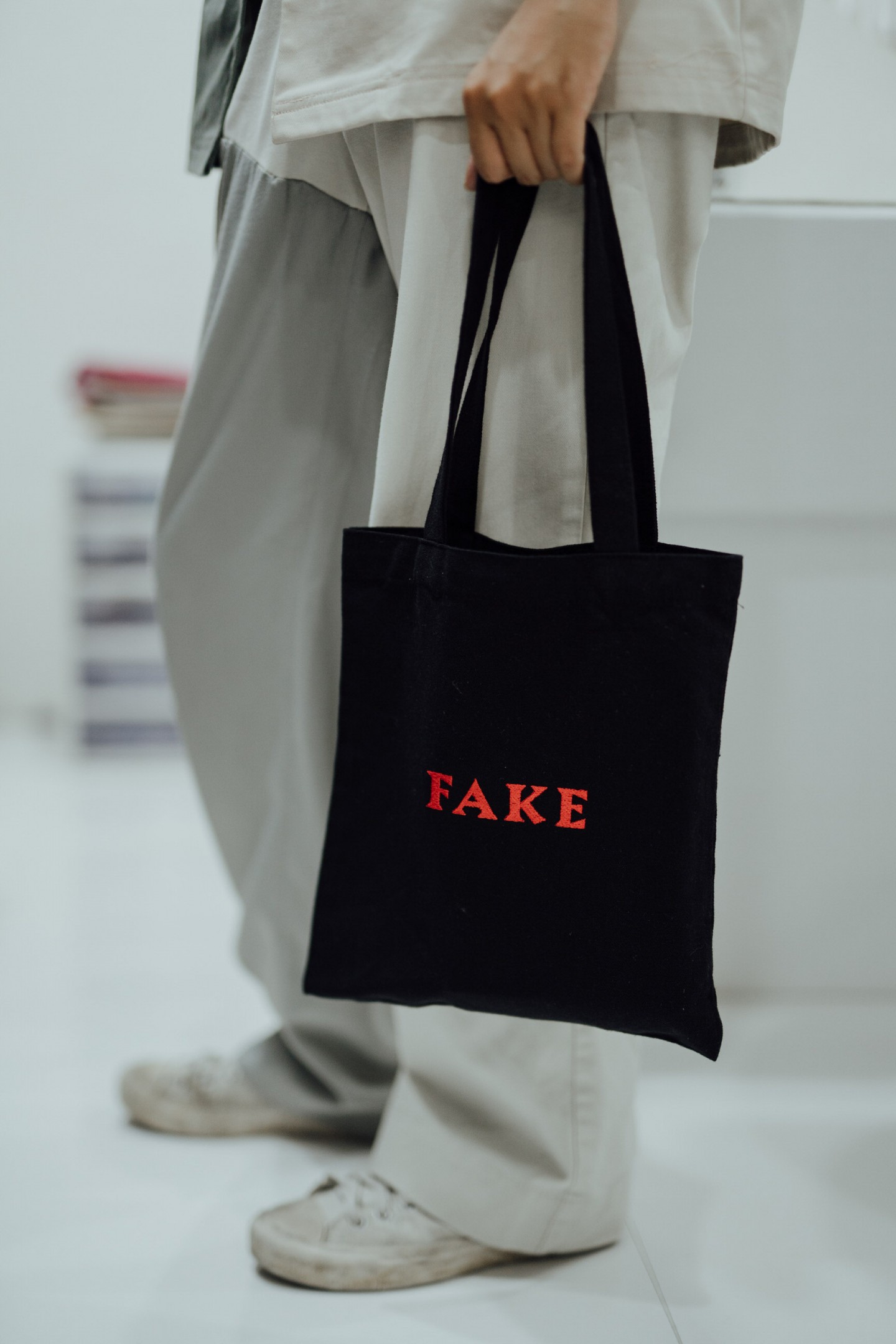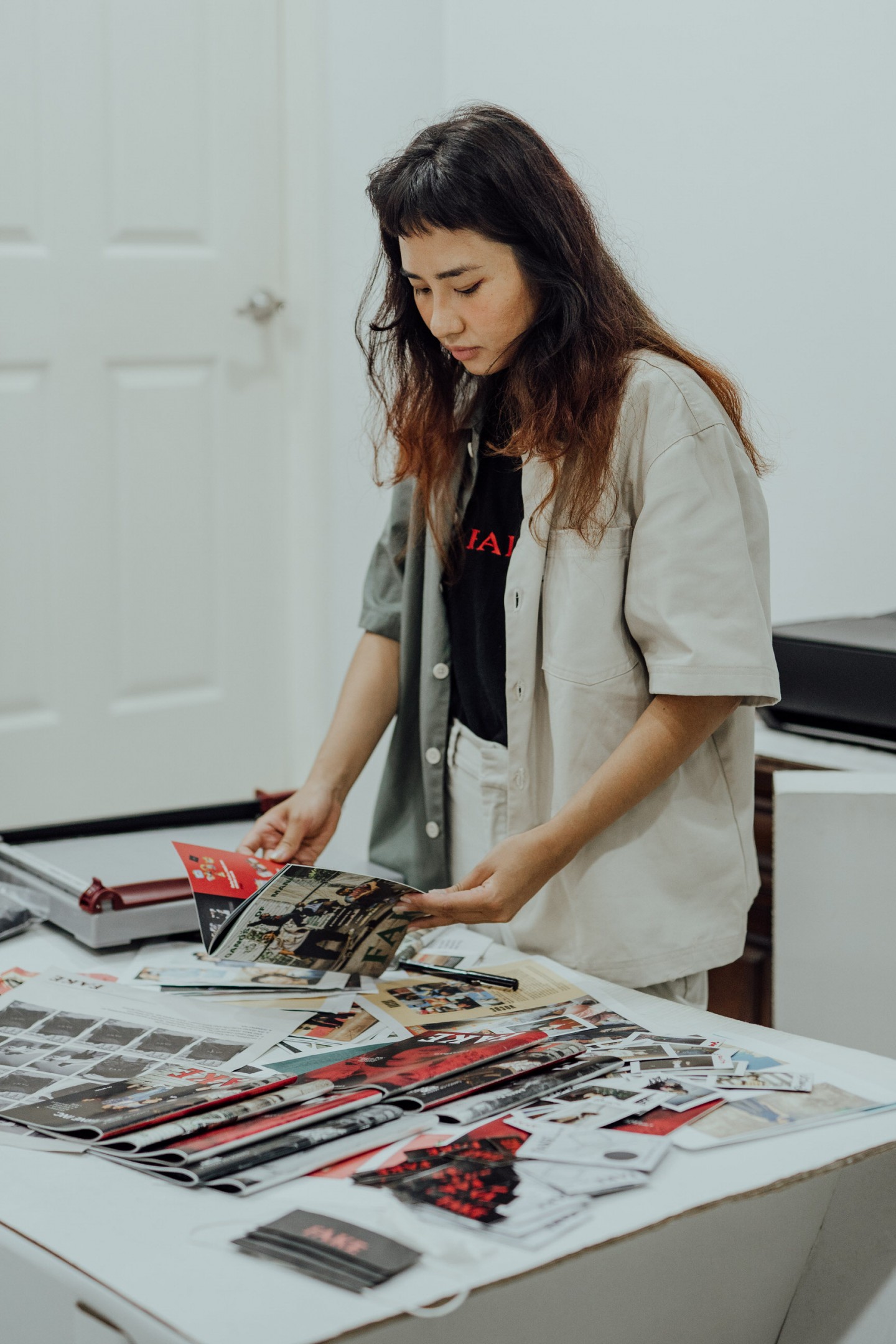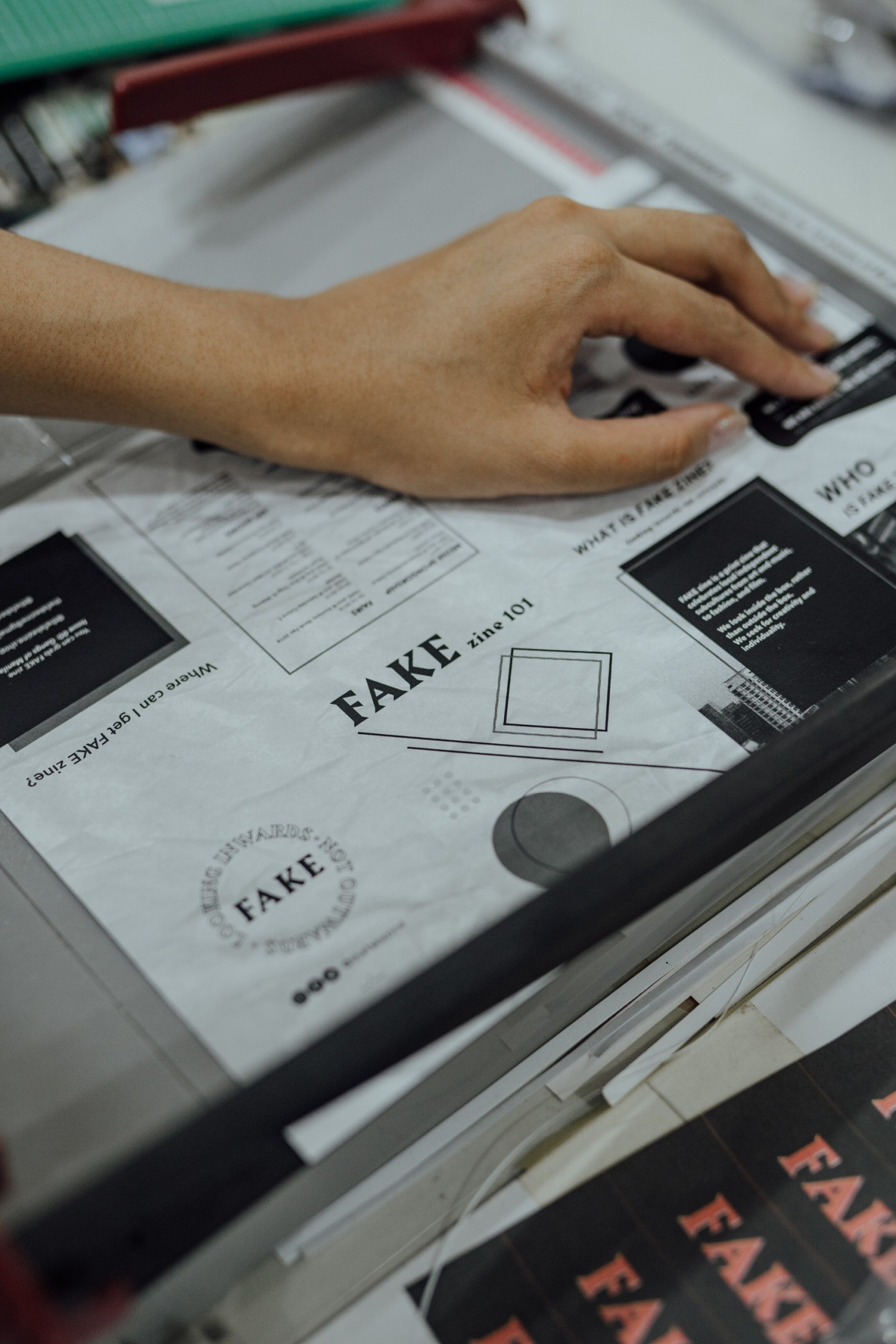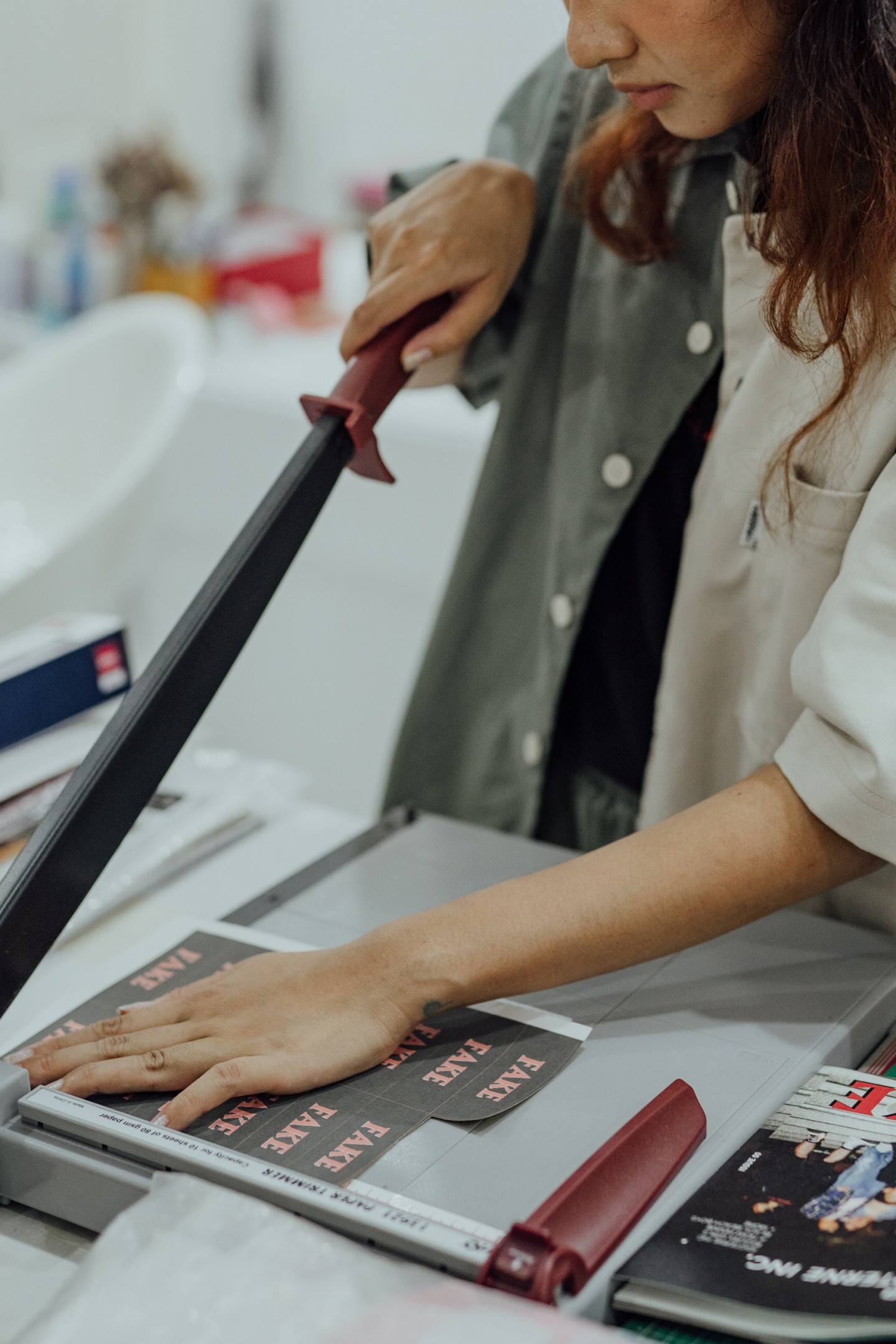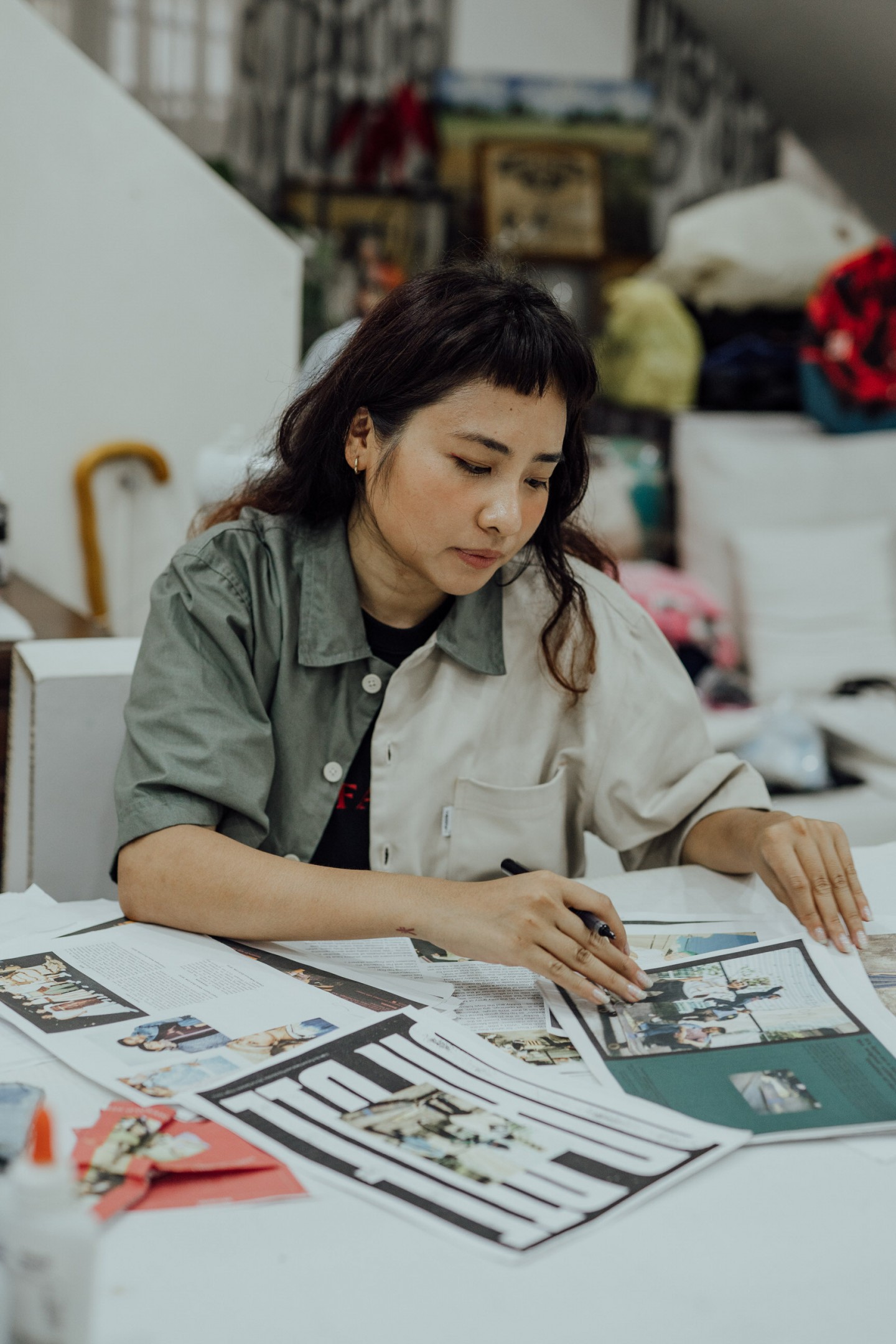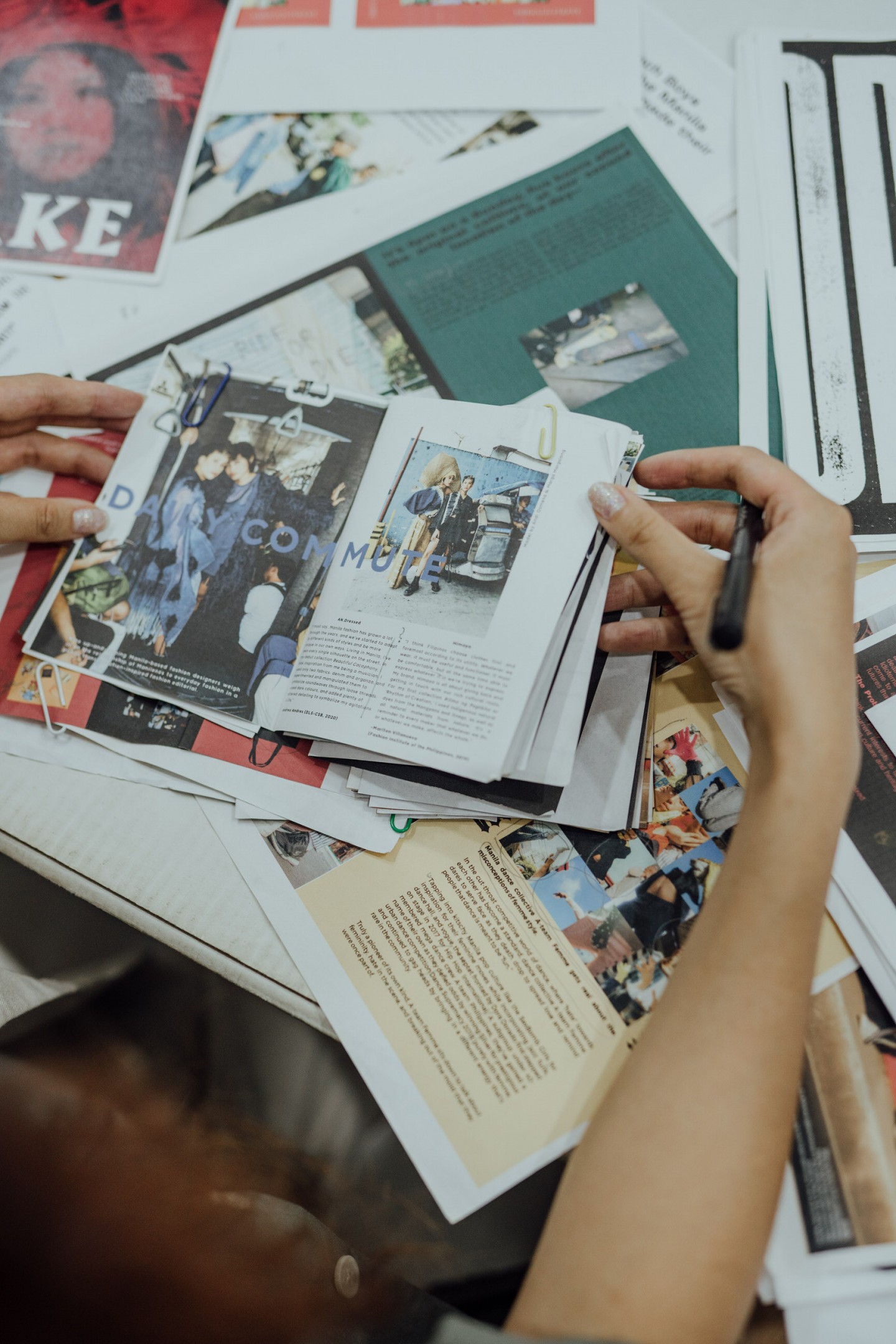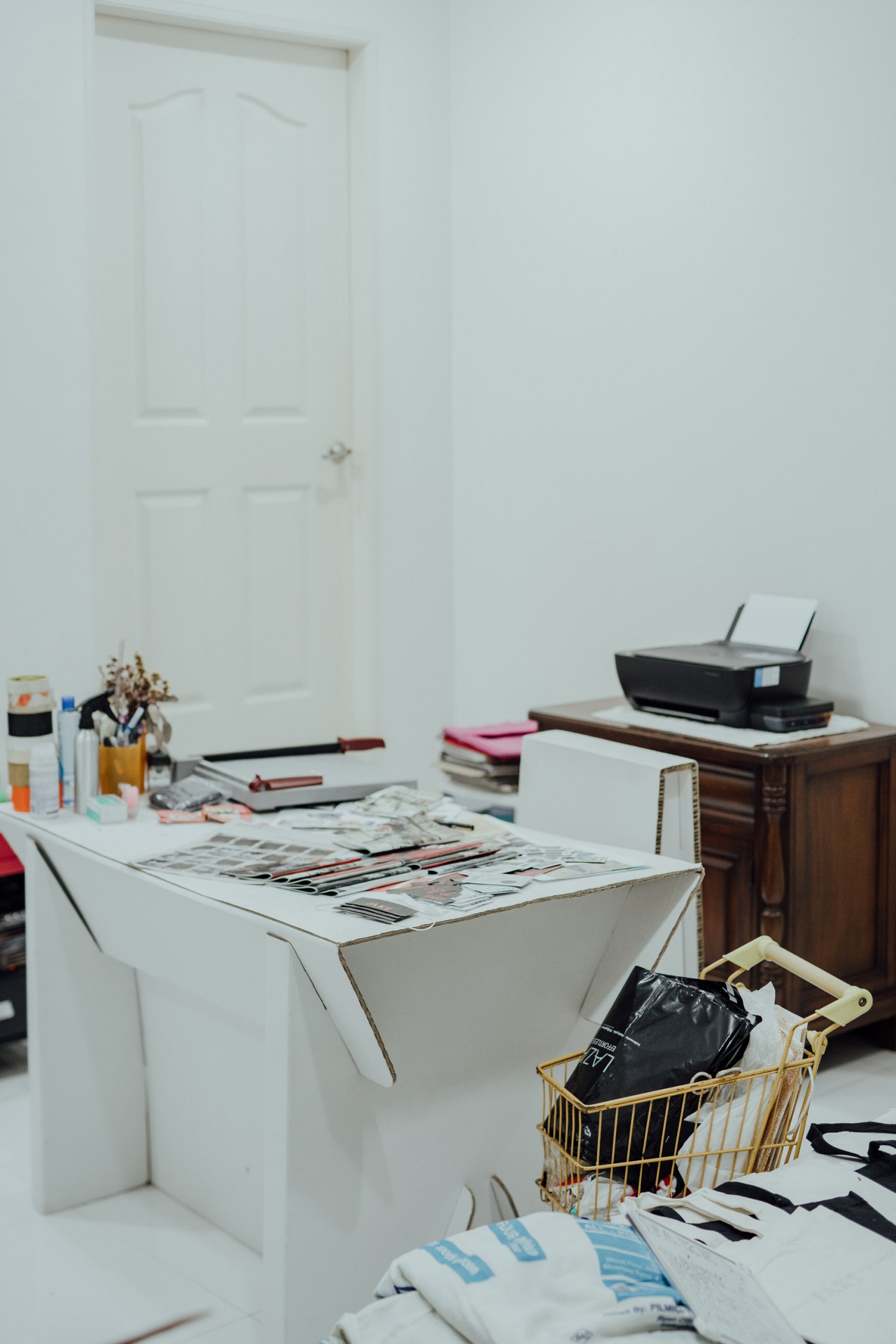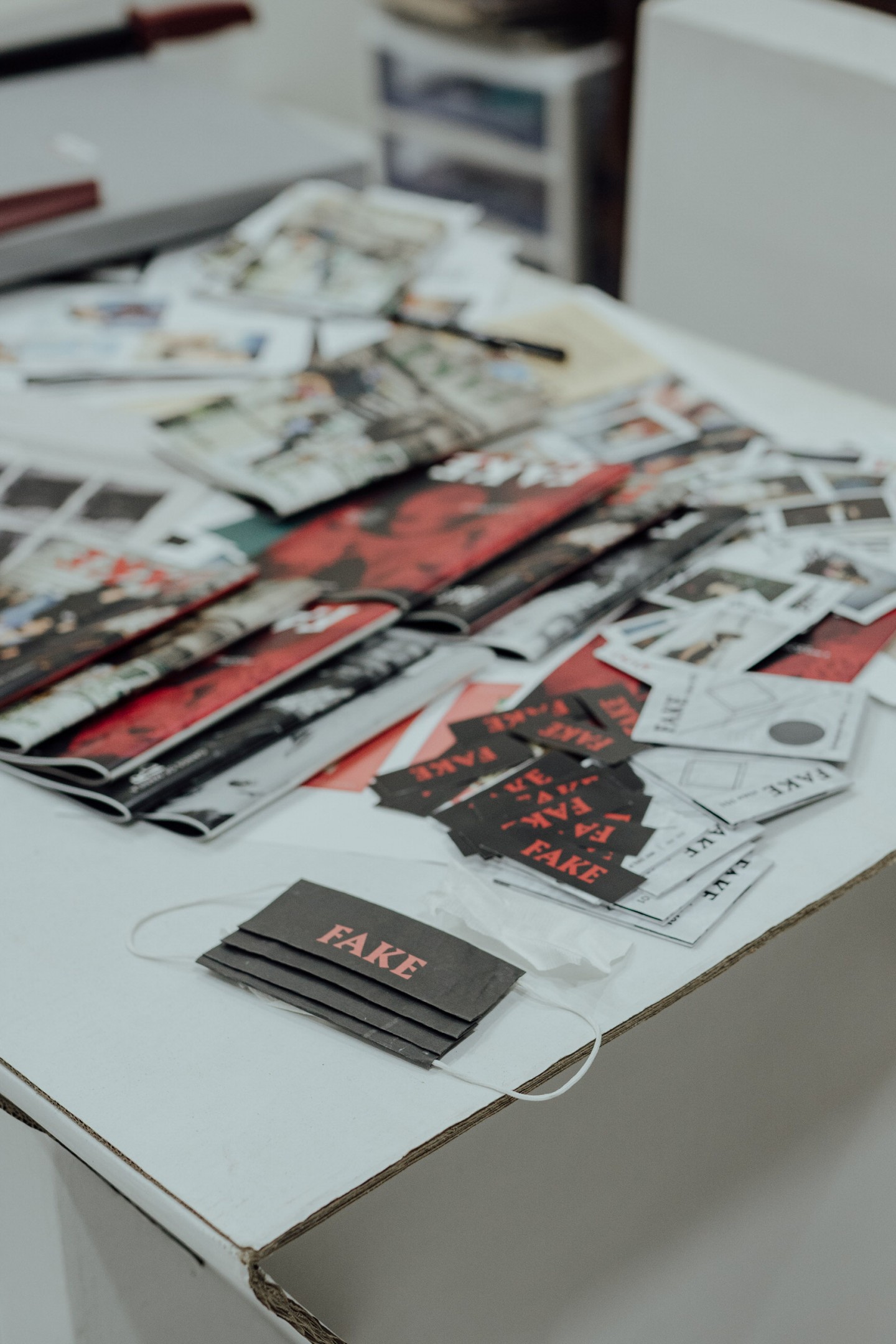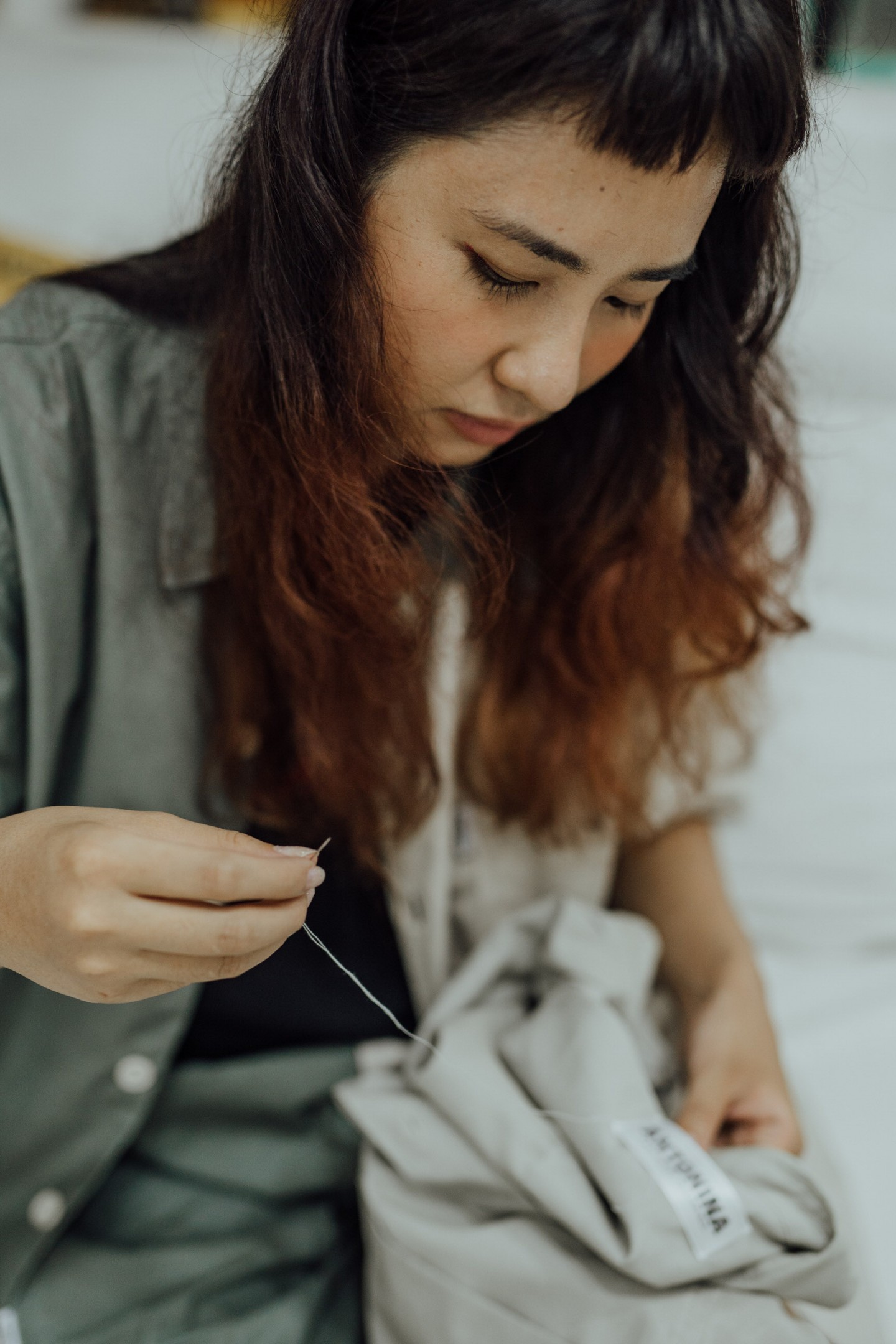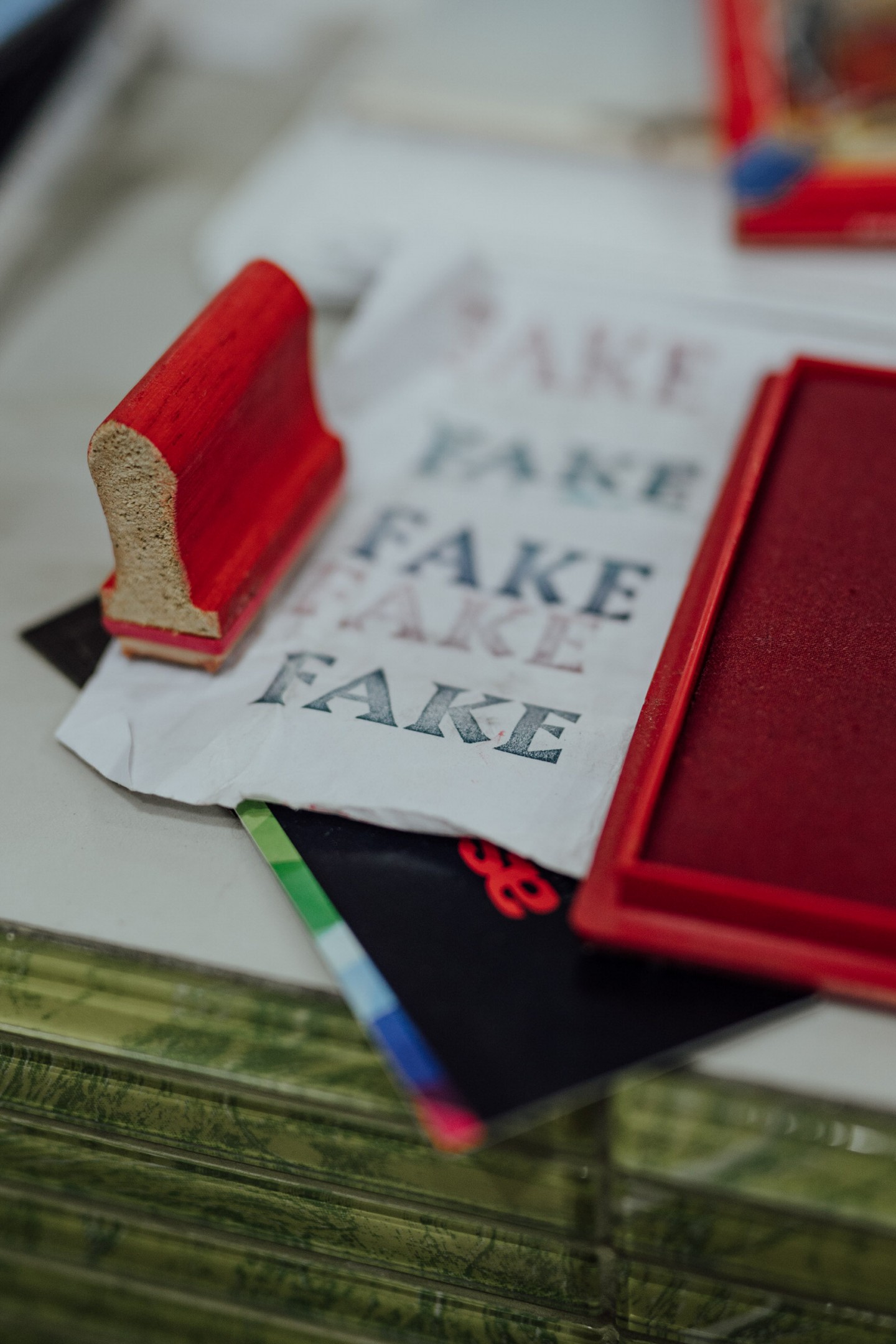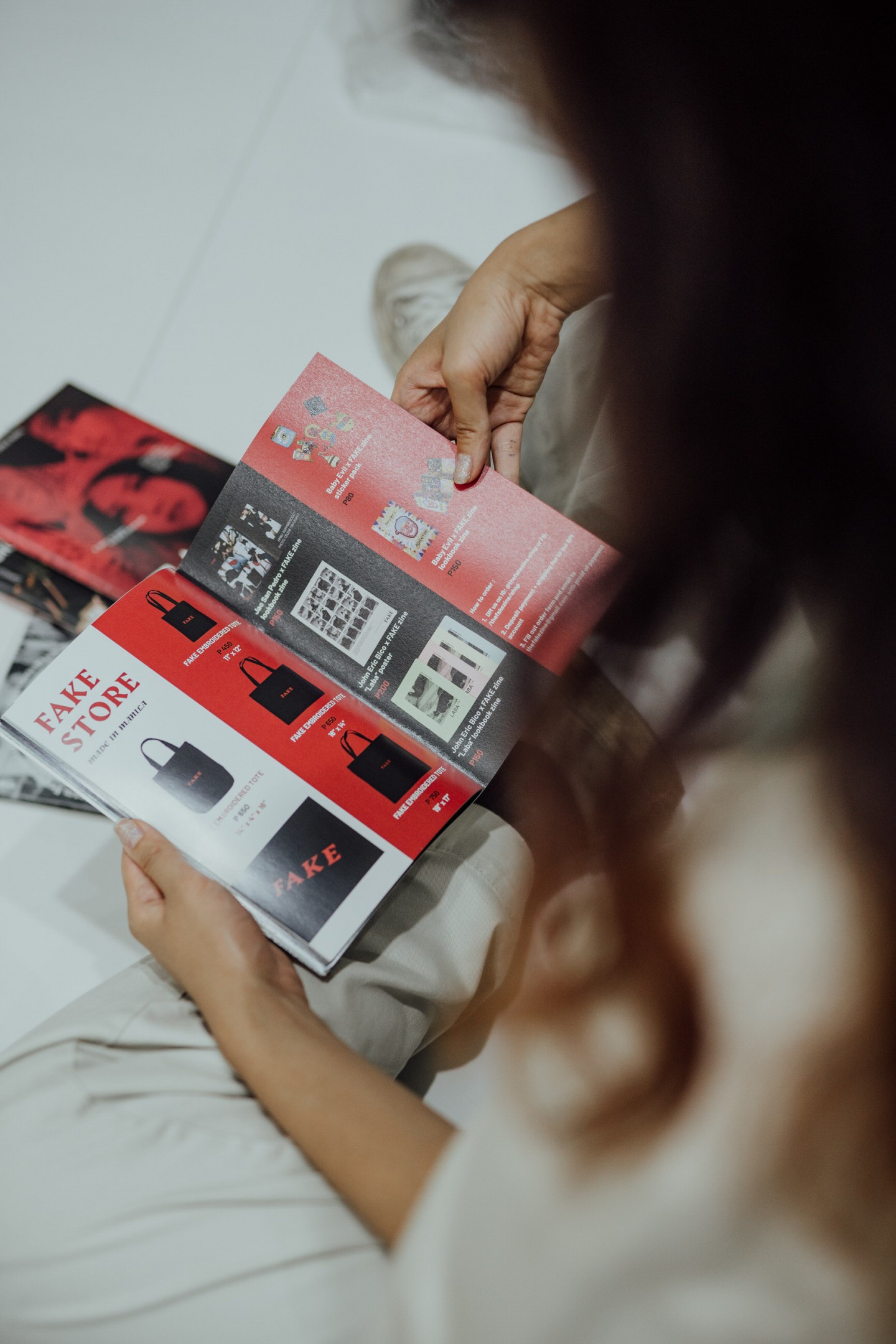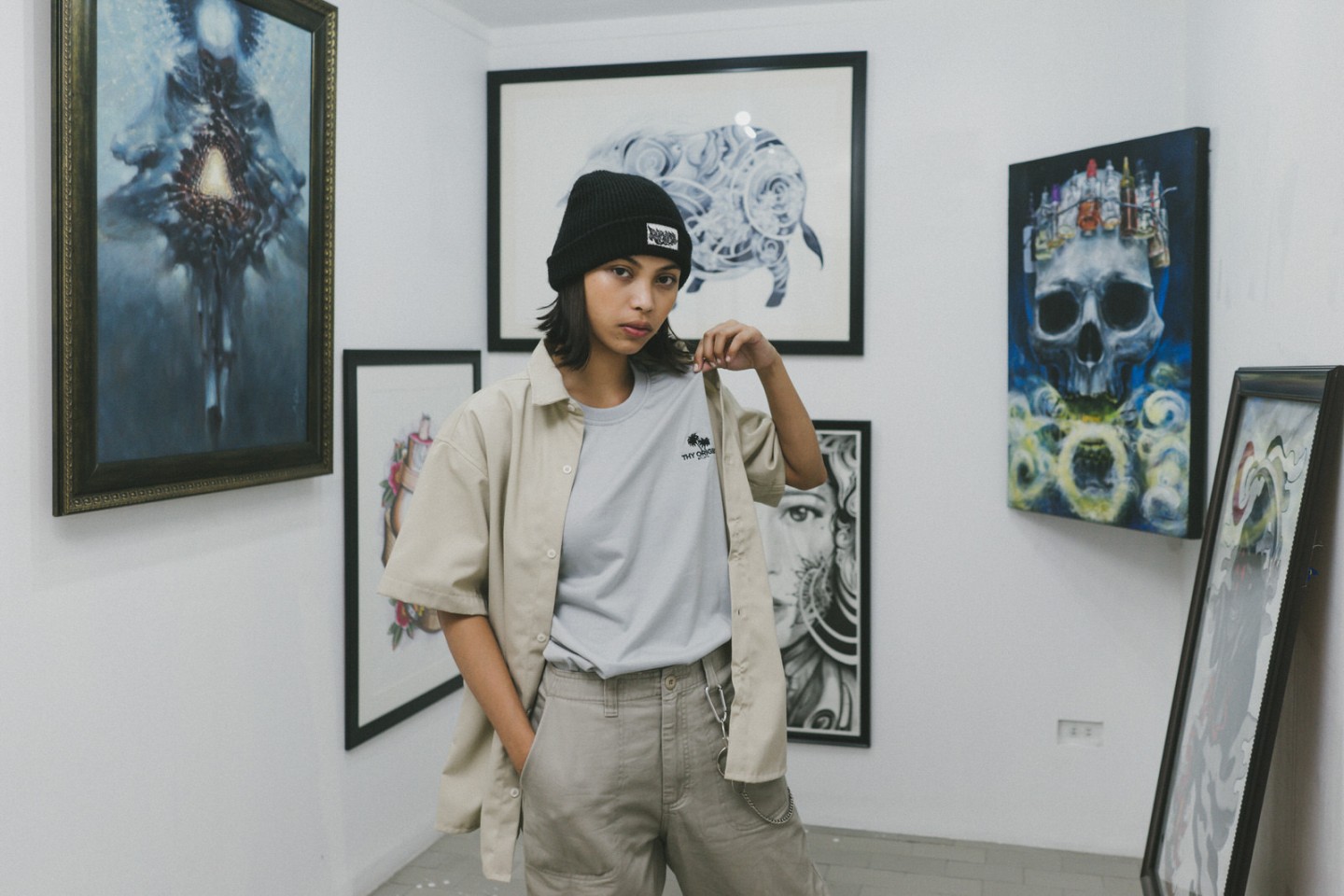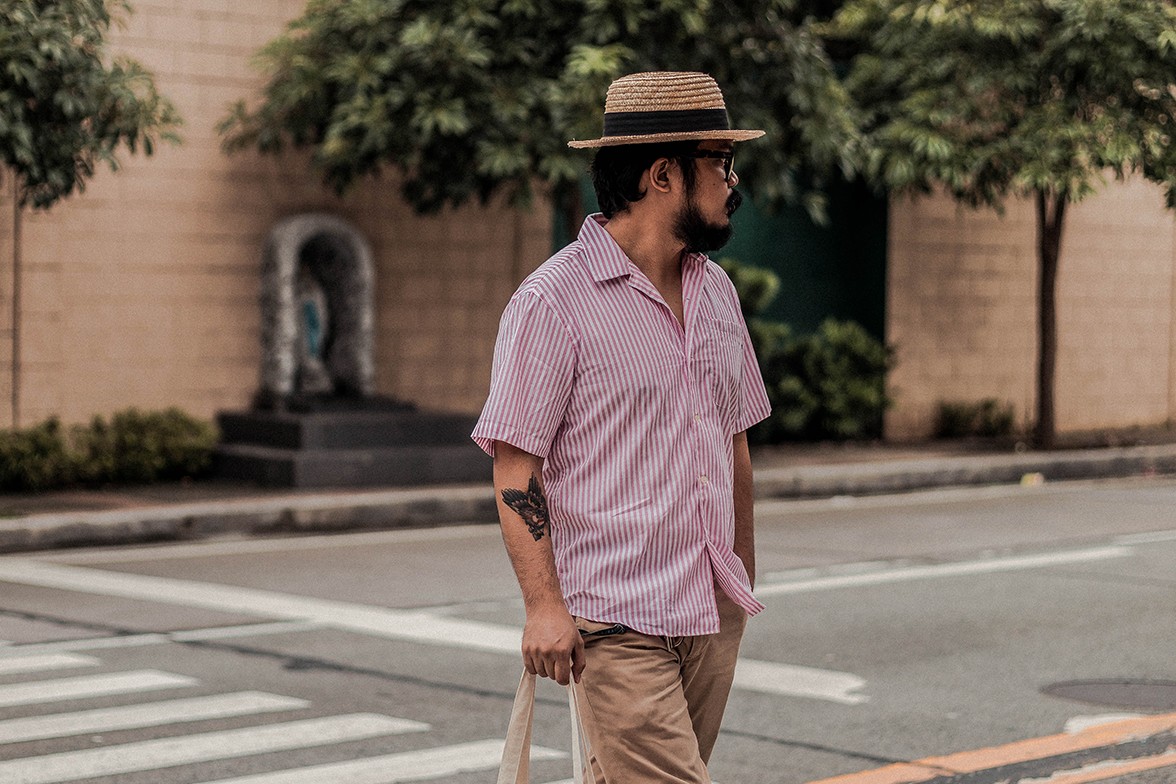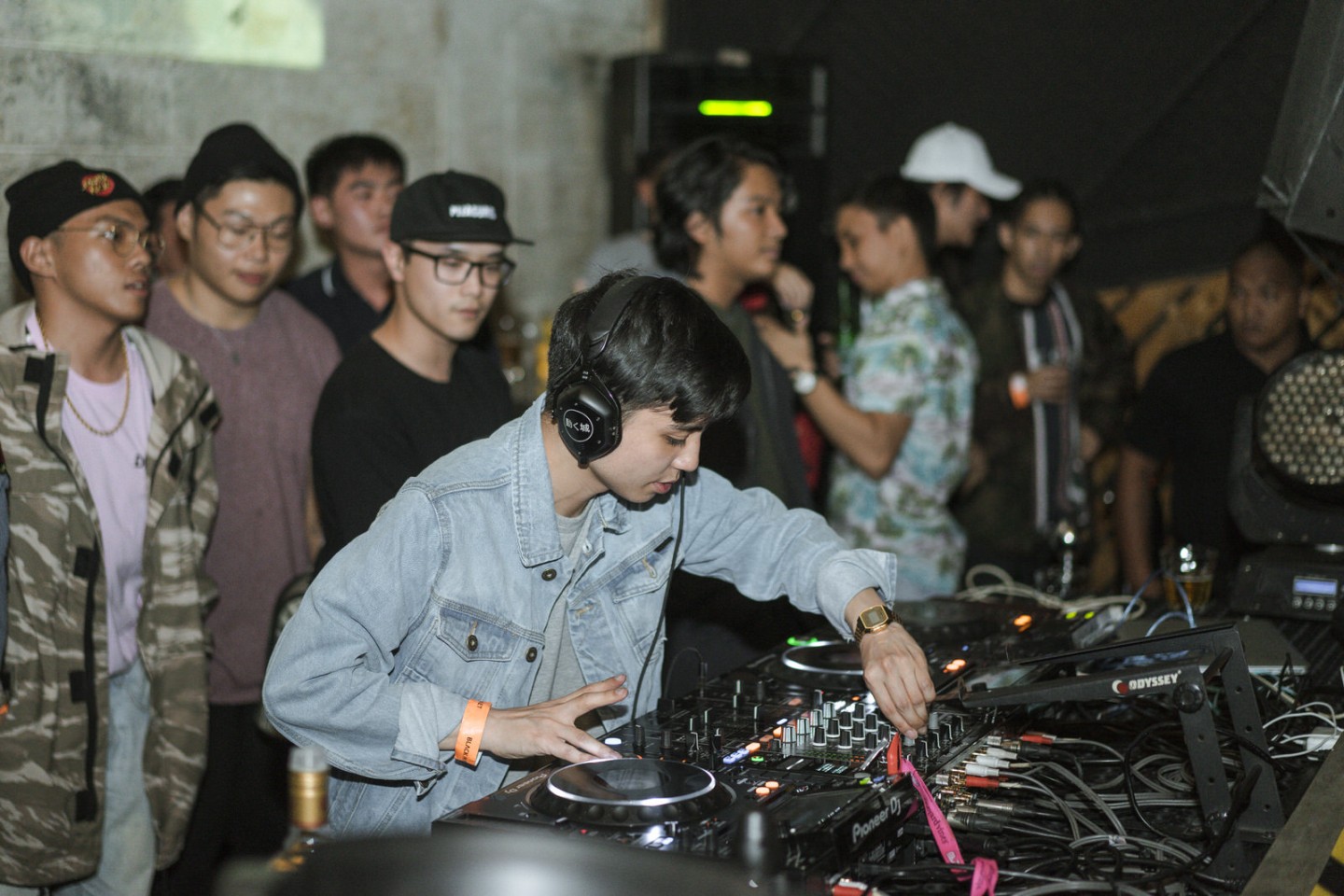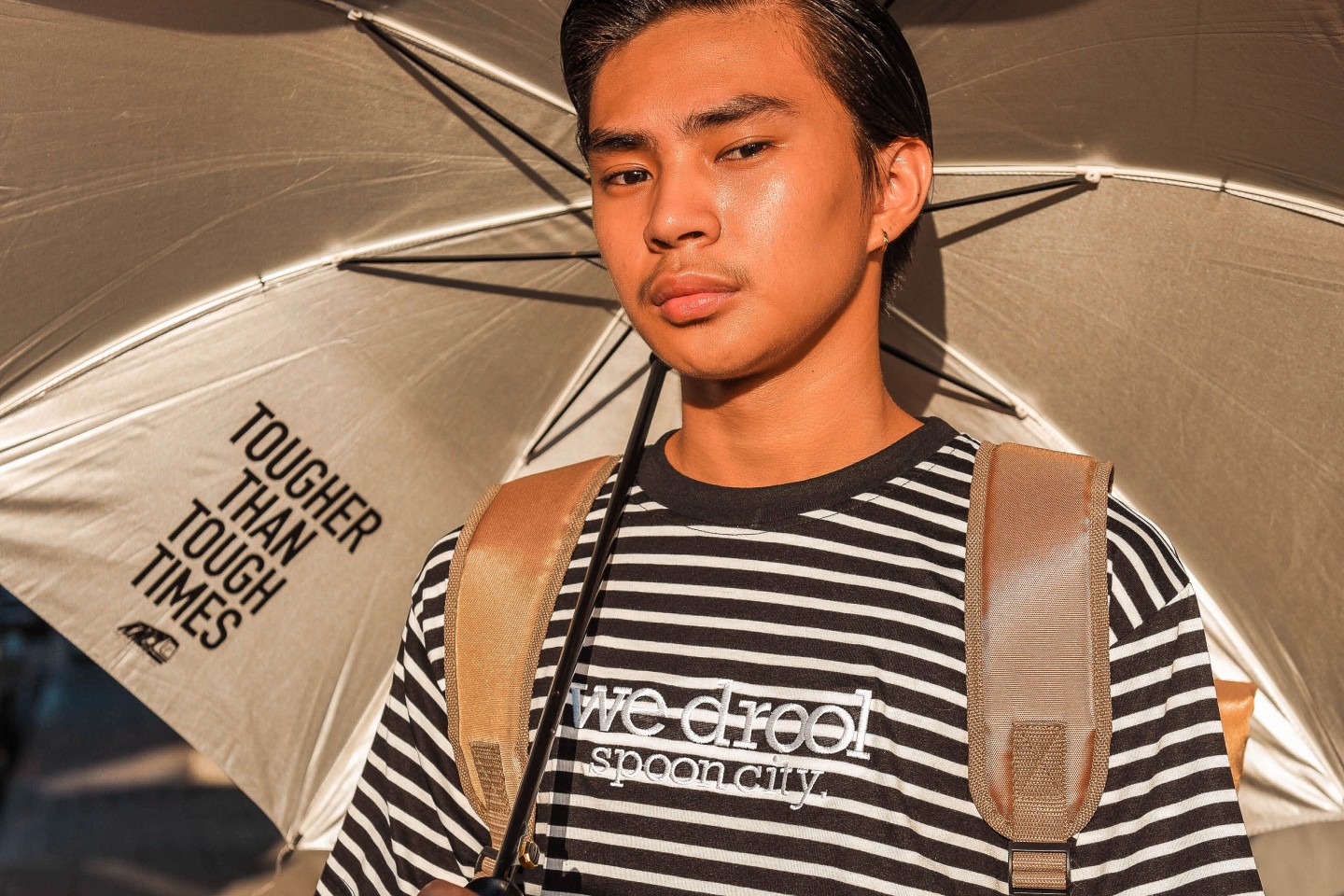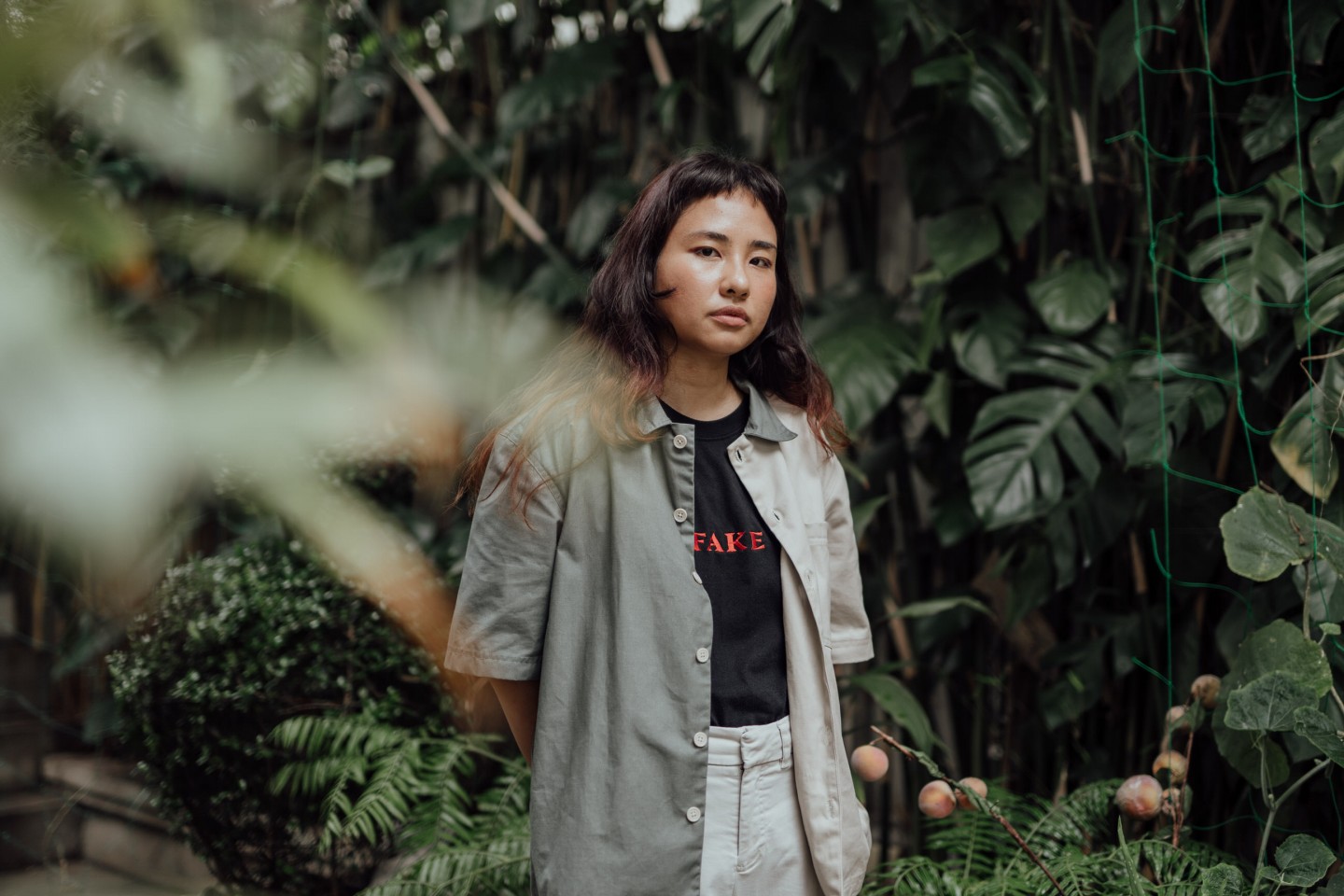
Whether you’re into art, fashion, music, dance, and the like, there’s definitely a place for any honed or up-and-coming creative in the metro’s local creative scene, either as a spectator or contributor. If you want an even closer look at Manila’s abundant, but often divided and unexplored creative subcultures, niche-focused media is often the way to go. One of those is FAKE zine. We spoke with Celene Sakurako, the editor-in-chief of FAKE zine, whose purpose is to shed light on these communities.
Celene herself always had this natural connection with the arts and the local creative scene, “I got into it as a teen; I frequented gigs and hung out with skaters, and went to parties, and it grew from there.” She even attended fashion school in Manila, art school in California, and went to college in Tokyo before eventually moving back to Manila where she worked at two youth culture-focused publications, prior to establishing FAKE zine.
Despite loving her publication job, Celene expressed how certain work environment frustrations started to arise during her stay, “In my job, I felt like I was underpaid and overworked. And every feature I was doing, I was styling it, I was writing the article, I was editing it and I was producing it.” There was also a sense of restriction to only feature what sells the best in the publication, whether or not it’s necessarily good. Because of that hindrance, Celene realized how underappreciated our local creative communities and artists were, that they were not given the exposure and recognition that they deserved. Thus, she began to explore the idea of creating her own platform that would uplift and celebrate local talent, where she could decide who and what was more deserving of the spotlight. After careful deliberation, she left her first publishing job in pursuit of her creative freedom.
Images — Zaldine Alvaro
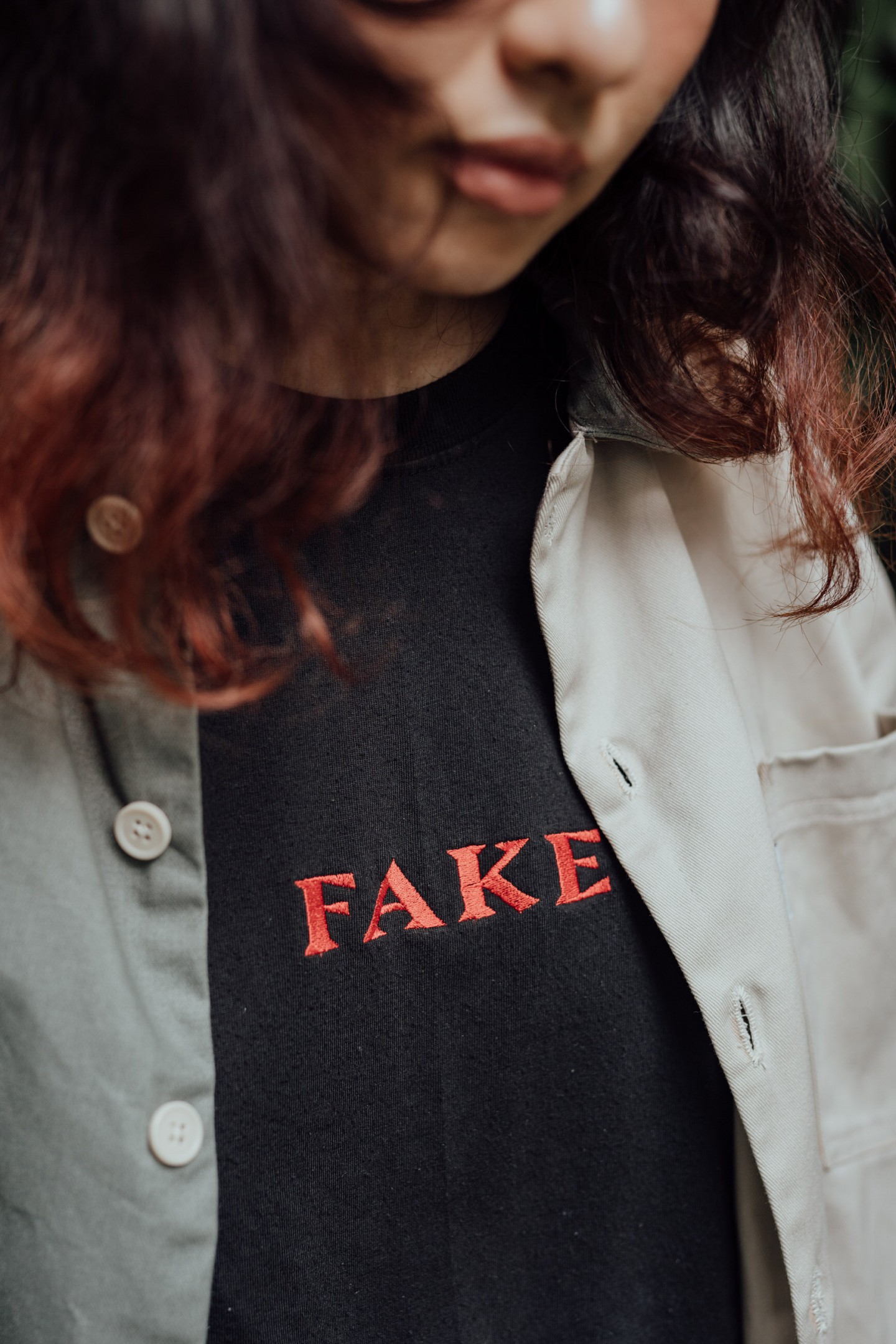
On coming up with the name of her platform, it was during a time when she was knee deep in learning about counterfeit culture and how it’s such a big part in the Asian community, “[it] made me think ‘why? Why aren’t we celebrating our local artistry? Aren’t we good enough?’ And I started to question what really is ‘real’? And how sometimes, something so real can be considered fake. So, there it is, it’s so real it’s fake. FAKE zine.” She then officially started FAKE zine in 2017.
Where everything is going digital nowadays, Celene also shared her thoughts on why she chose a physical printed zine as the medium of her content, “Me, personally, I like print. The physicality of it. Tangibility of it … It’s a conscious buy. Like buying furniture, or art work, which ultimately is what I see zines to be: printed artwork … It’s limited release, niche and collectible. There’s a sense of permanence that print appeals to me in a way that digital doesn’t.”
In the past three years, FAKE zine’s purpose evolved from being a passion project to becoming a collaborative space for Manila’s creative subcultures to merge and mingle, celebrating unseen or unheard local talents and communities. Its growth can be seen in how it’s not just solely a zine anymore — the team has ventured out to hosting pop-up events, publishing digital stories, and even producing merchandise with local designers. An all-around brand designed to unite the community and its many art forms.
How did this come about? Well, as Celene put it, “It all just kind of happened. I sort of just kept saying yes to things, and then putting it out under FAKE zine. One, because I wanted to learn. Two, I wanted to immerse myself into the different scenes as much as possible. And three, what do I have to lose? So, with FAKE zine I’m learning as I go.” For her, branching out to different fields is another manifestation of FAKE zine’s mission. And in this way, both parties benefit from each other — either in terms of profit, or exposure. A full circle.
But like any other startup, Celene and her team had obstacles to face when it was time to create their first official publication under FAKE zine, Issue 00: Gangs of Manila.
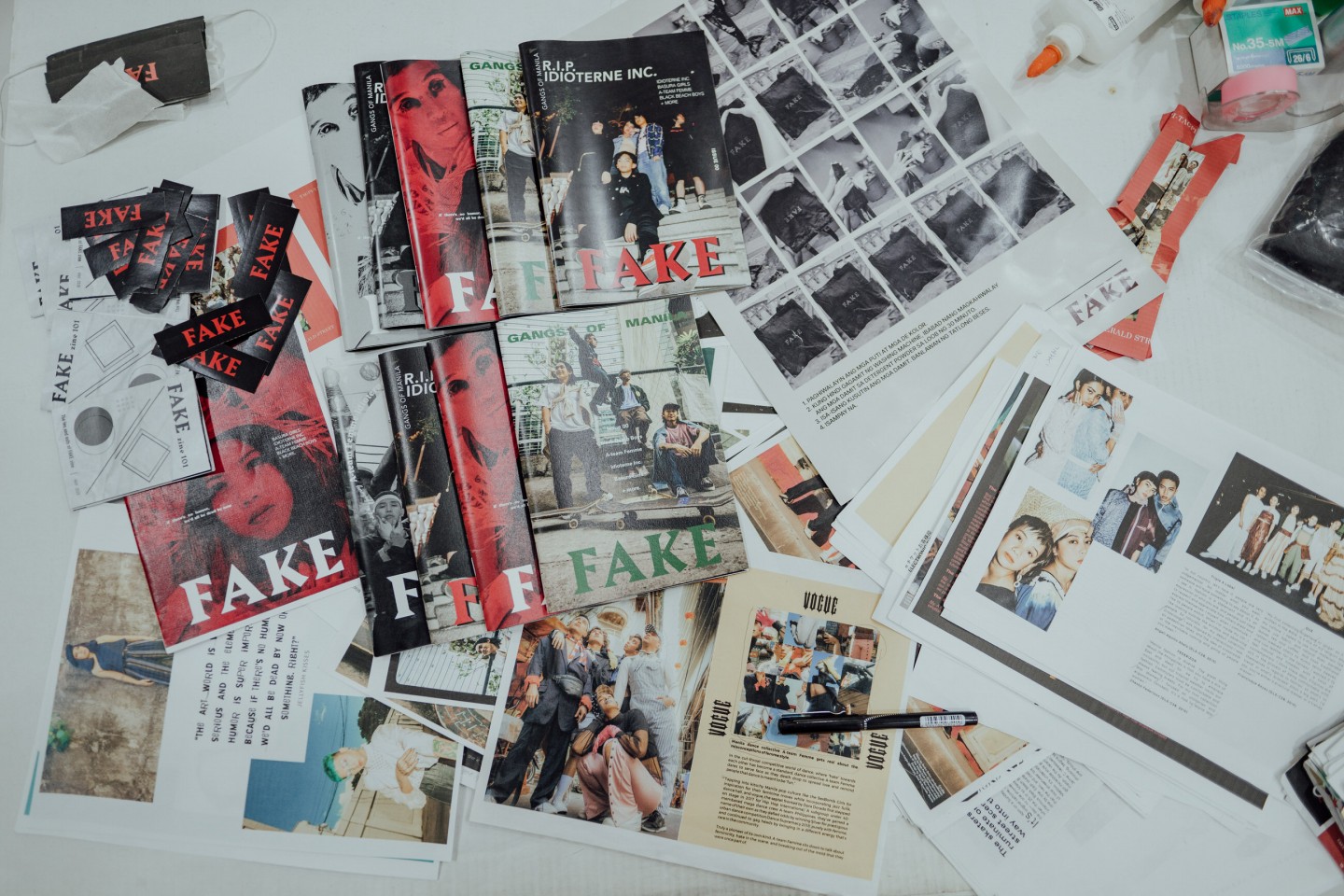
Flipping through Issue 00, it features four diverse collectives from different backgrounds, handpicked by Celene: Basura Girls from the art scene, A-team Femme from the dance scene, Idioterne Inc. from the music scene, and Black Beach Boys from the street scene — all shot locally, guerilla style. “Since 2017, the zine took 3 years to produce, and there were many hurdles that I went through personally to create the zine, but I was in no rush,” Celene explained the process of creating the first issue. She had a strong conviction to give justice to the artists that were involved in the creation of the zine. Not to mention, the entire FAKE zine team all have their own individual day jobs, so time management with their projects was something that they had to work around.
The team planned to have a month-long physical launch party for Issue 00 this 2020. They were supposed to release an upcycled fashion collection, host live gigs, have multiple film showings, and were ready to set up a FAKE fair together with local artisans and zine makers. But due to the sudden pandemic, they opted to have a digital version of the launch party instead. Luckily, they were able to produce some merchandise and zine copies right before lockdown.
After their successful launch, Celene foresees that FAKE zine will go global in the future — a travelling zine. Prior to the pandemic, she even did research on international artist residencies which led her to travel to Taipei, Ho Chi Minh, Seoul, and other neighboring places to expose herself on each city’s different “scenes”. She has also established a team in Tokyo where she plans to eventually put up a FAKE store.
As for the next local issue? Celene mentioned that she has a list of ideas in mind for its theme but she’s in no rush to produce Issue 01, or to travel again for research purposes, not just because of practical reasons (and due to the fact that we’re still going through a global pandemic), but because she values quality over quantity. For her, producing good and relevant work takes time, and we can see that principle being applied in the FAKE zine projects that they’ve launched in the past three years.
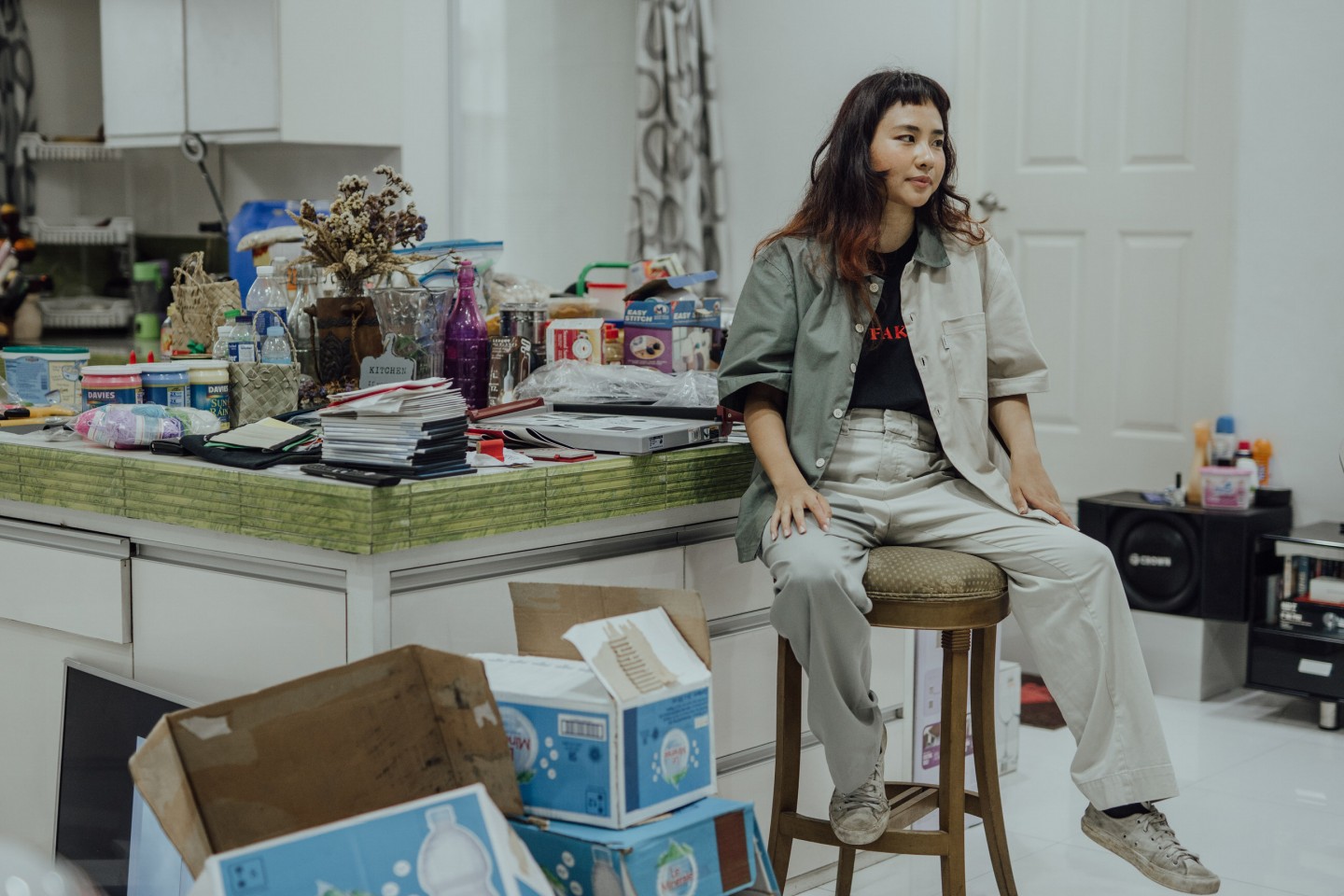
At most, she’s aiming to publish one zine at a time annually, “Many of our projects we work on for months, and that way we get to form relationships with the artists we work with as well. It’s not just about the output, it’s about the process as well,” Celene concluded.
For now, all we can do is anticipate as the next FAKE zines continue to unfold.

